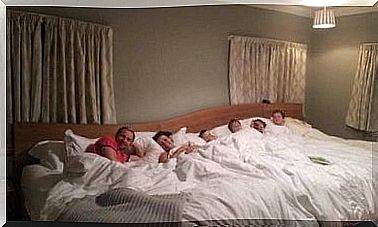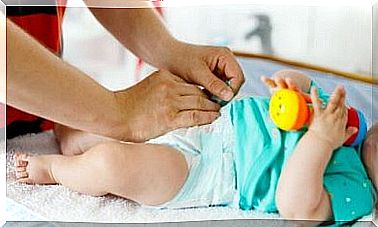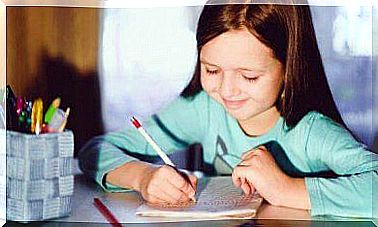5 Activities For Teaching Problem Solving To Young Children
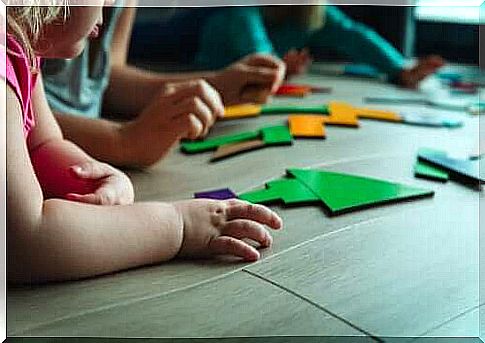
Teaching problem solving to young children allows them to solve challenges in a safe environment. In this way, children can develop this important skill. Therefore, it is to use the mind to find solutions such as working with a muscle over time. Problem solving through fun activities for young children is a great way to achieve this.
The more the mind is used to solve problems, the stronger the “muscle” becomes. So it becomes easier and easier to use creativity to resolve conflicts or problems that may arise in life without notice. In this sense, problem solving can be learned in two ways: through free play or through guided activities.
Problem solving strategies
First, before embarking on problem-solving activities for young children, consider the steps required to acquire problem-solving skills:
- Identify the problem.
- Define the problem.
- Investigate the possibilities.
- Act according to plan.
- See the consequences.
- Customize the action as needed.

Therefore, activities at the preschool level do not have to involve complicated problems at the high level. A simple activity, such as identifying differences in an image, can work on the first necessary skill (identifying a problem).
In addition, playing with construction toys can develop a child’s ability to try different solutions and explore possibilities when, for example, trying to find the best way to build something.
Seeing what happens is what helps predict consequences. The most basic activities can work on all of these skills and make children adept at finding solutions.
Teaching problem solving with questions
The language you use towards your child and your questioning technique will also greatly affect their understanding of a problem or challenge as something they expect to find a solution to.
So during your child’s play, or when they encounter a problem, ask questions that guide them to independently find a potential solution. Here are some examples you can use:
- What do you think caused the tower to topple?
- If we rebuild it, how can we change the structure so that it does not topple next time?
- Is there a better way to do it? If you find another way, can we try it and see which one works best?
- Did it work? The tower toppled again, so let’s try another solution.
Resist the temptation to solve all your child’s problems, including conflicts with friends or siblings. These are important opportunities to learn to solve problems by negotiating, thinking and reasoning.
Over time, your child will become accustomed to seeing a problem, understanding it, weighing the possibilities, acting and assessing the consequences. Obstacles and difficulties will be seen as challenges that must be met logically and not as “problems”.
5 activities for teaching problem solving
Here are 5 simple and easy games and activities that you can do with your child at home. Many of them are the kind of activities the child should experience daily to improve his skills.
Make puzzles
In this case, puzzles are one of the best activities. Children need to do puzzles regularly, as they are good at developing problem-solving skills.
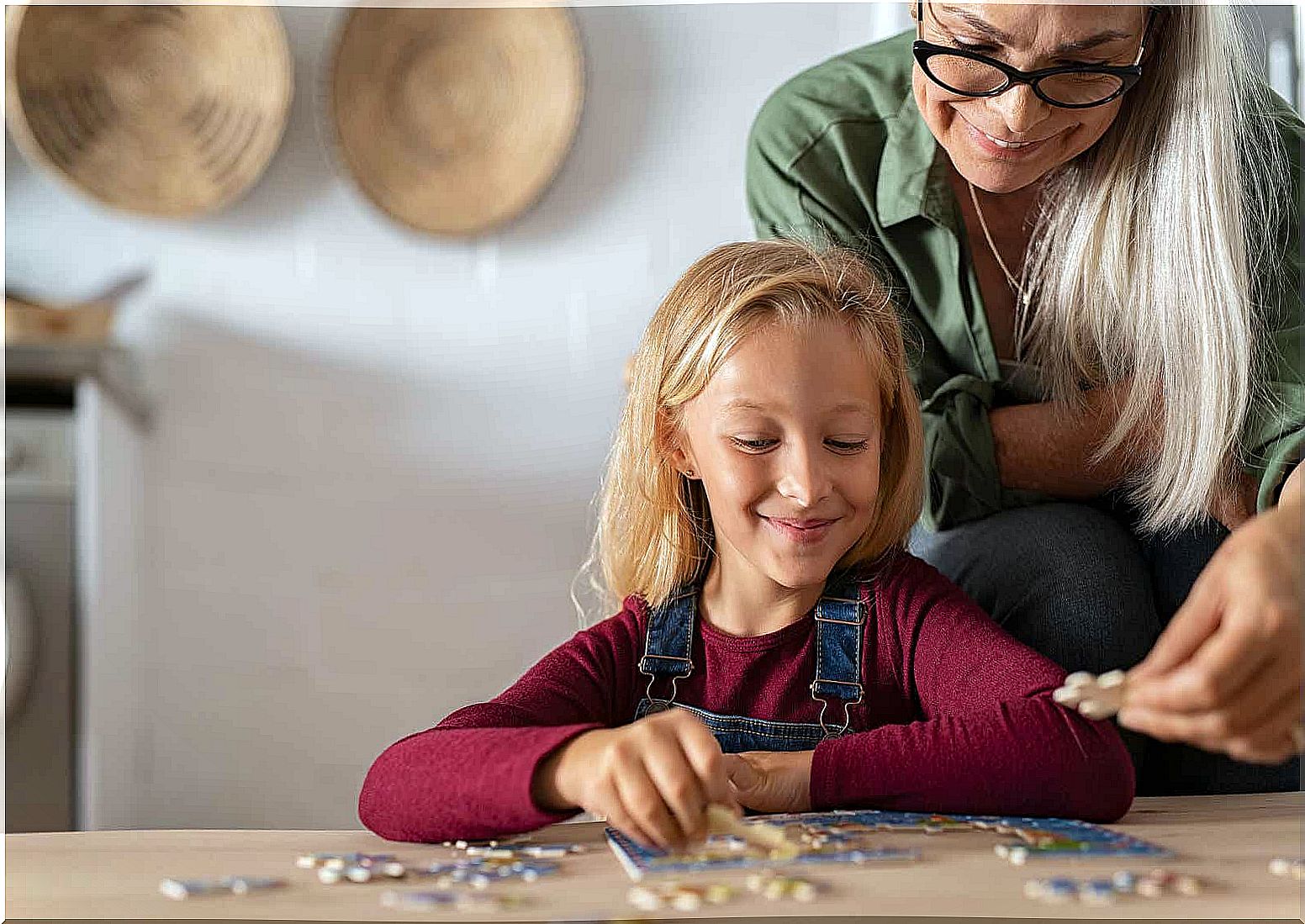
Memory games
Memory games will develop your child’s memory and attention to detail. Use matching pictures and place them all face down, mixed on a table. Then take turns choosing two cards and placing them face up on the table.
If you have a matching pair, keep them, and if the pair does not match, turn the cards over until it’s your turn to try again. Encourage your child to concentrate and pay attention to where the pictures are, and try to find a matching pair each time.
Questions during reading aloud
Make it a habit to ask questions during the daily reading aloud that develops thinking skills in higher order. Instead of just reading and getting your child to listen passively, ask questions throughout so that they can focus on problem solving.
Board games are great for teaching problem solving
Board games are an excellent activity for teaching problem solving. You can learn the ability to follow rules and move in a logical order. Then introduce games that require a little planning and deeper thinking, e.g. Matador Junior.
Cross and bun
Finally, draw a single board on a piece of paper or a blackboard. You have to take turns making a bun or a cross and see who can get three on the strip first.
Your child will probably learn it in no time and start thinking about it before drawing his figure. This game can also be played with colored pieces or various objects.
We hope that these problem-solving activities will help your children improve their skills. So what are you waiting for to try them out while having fun and learning together?
